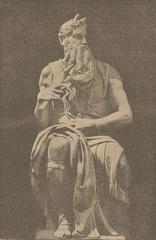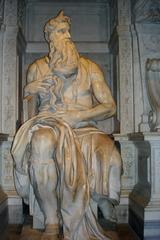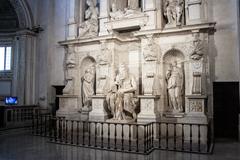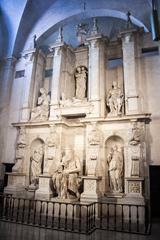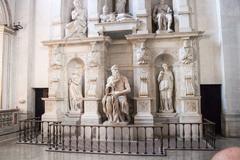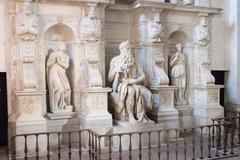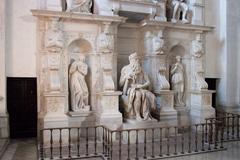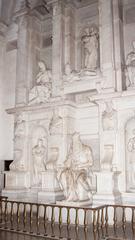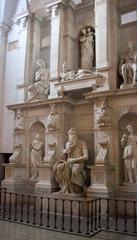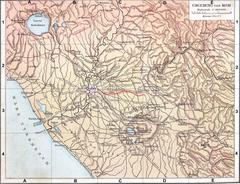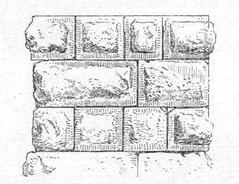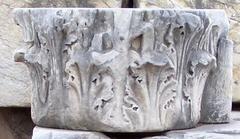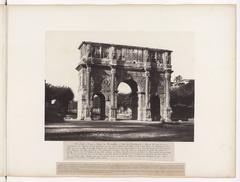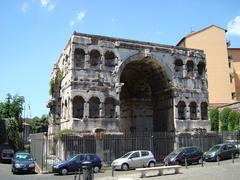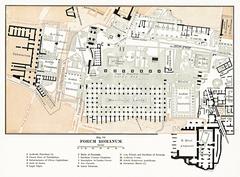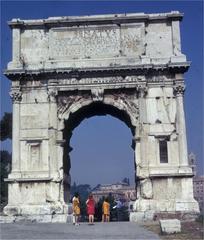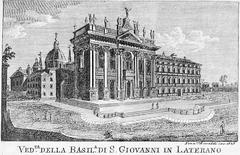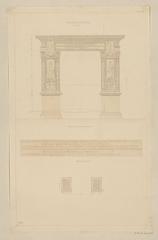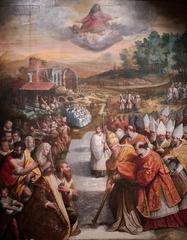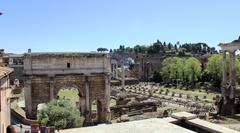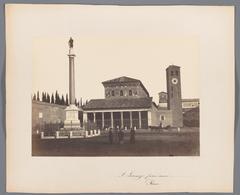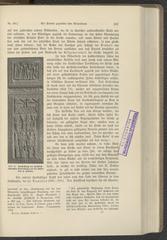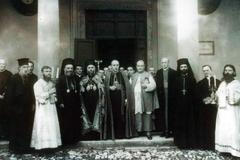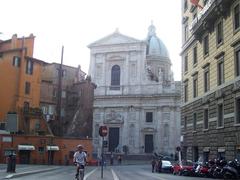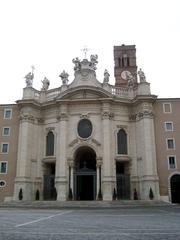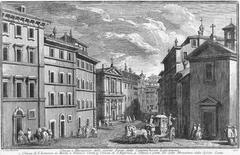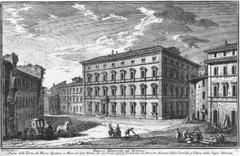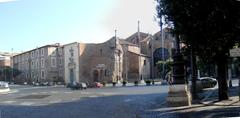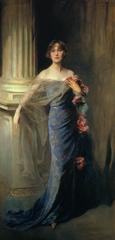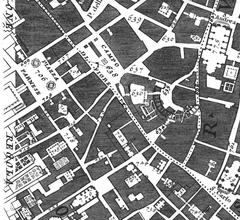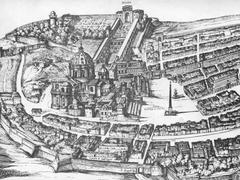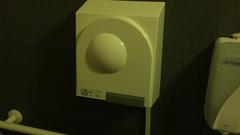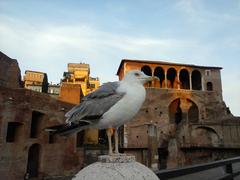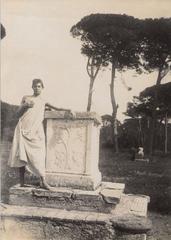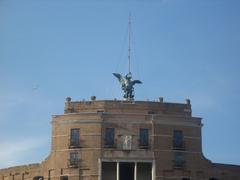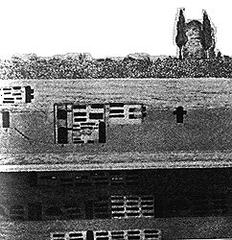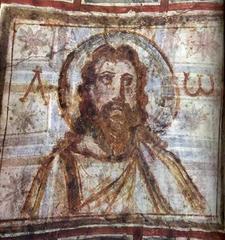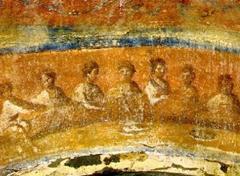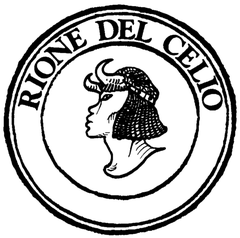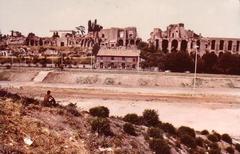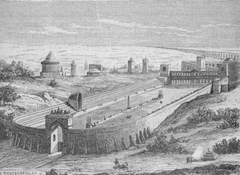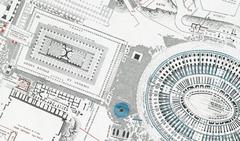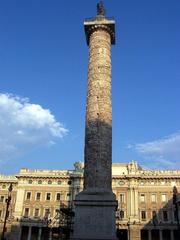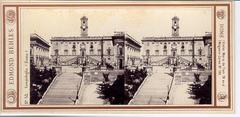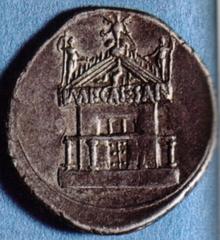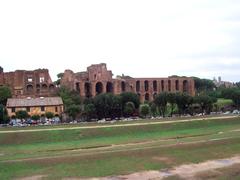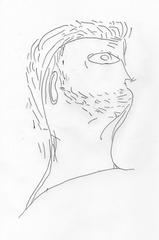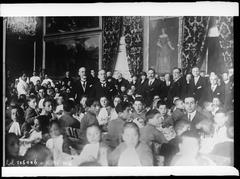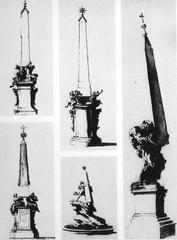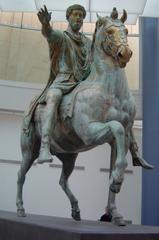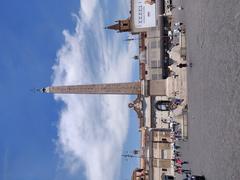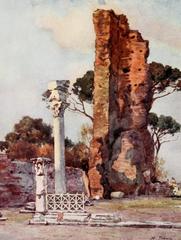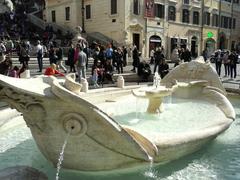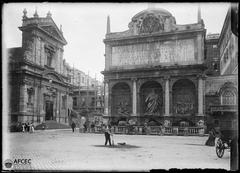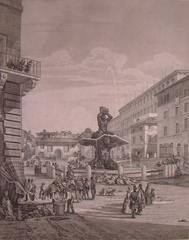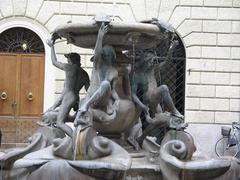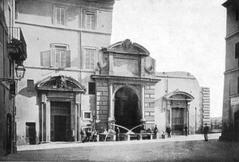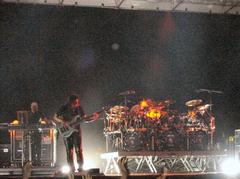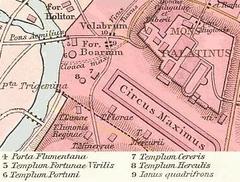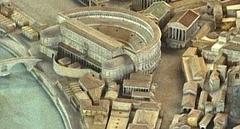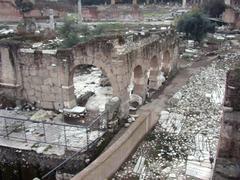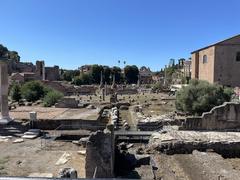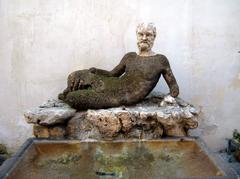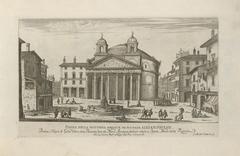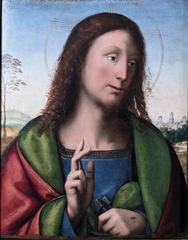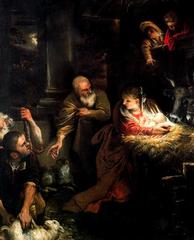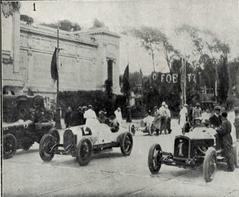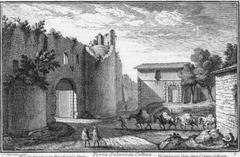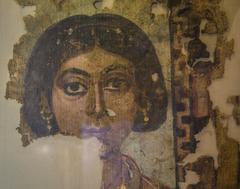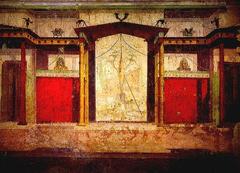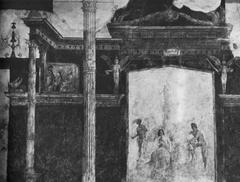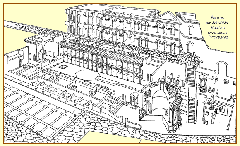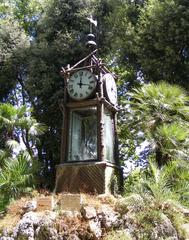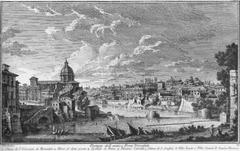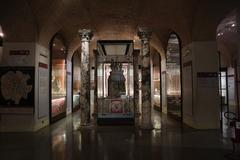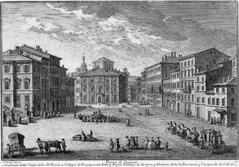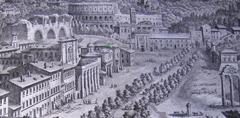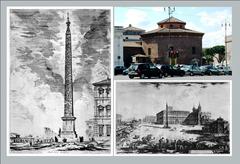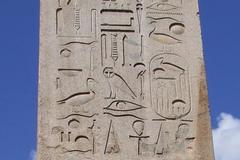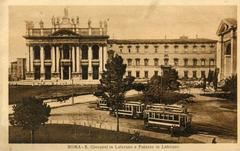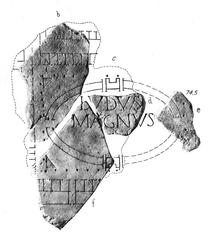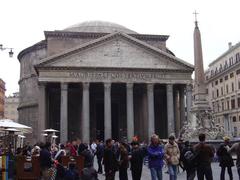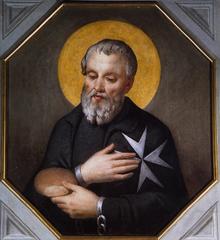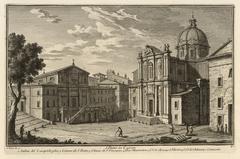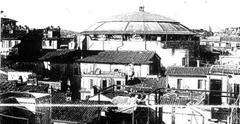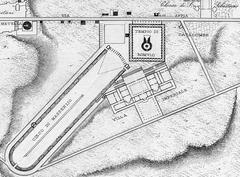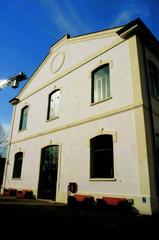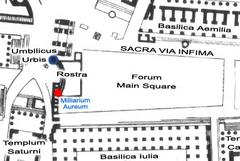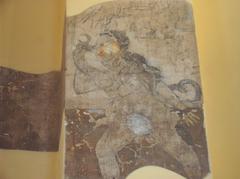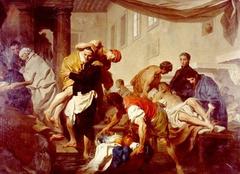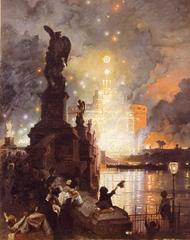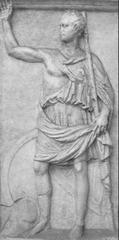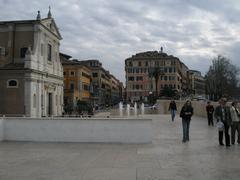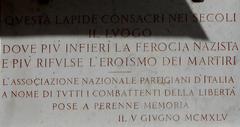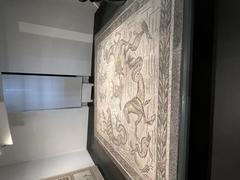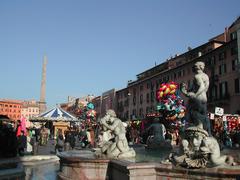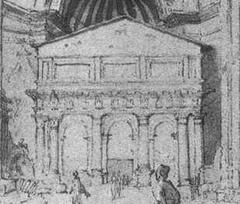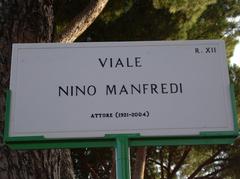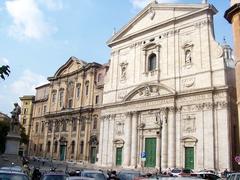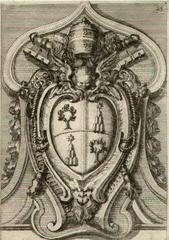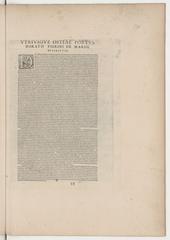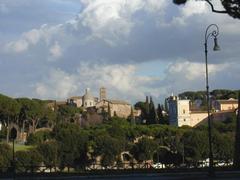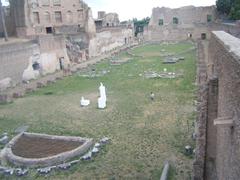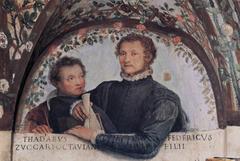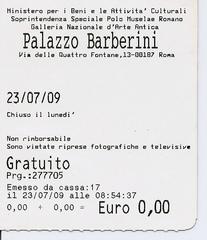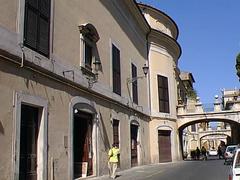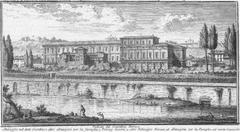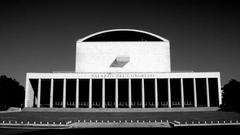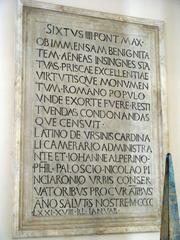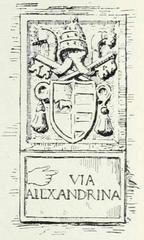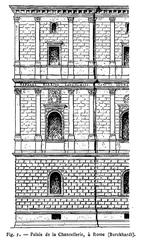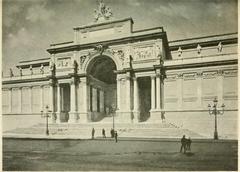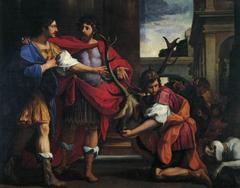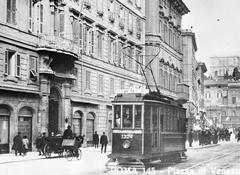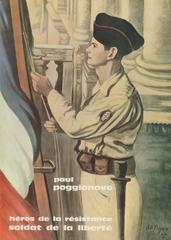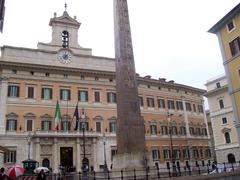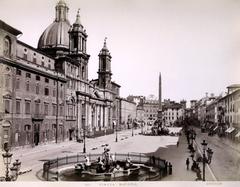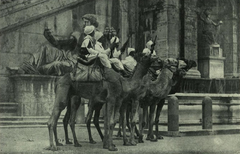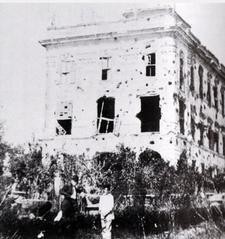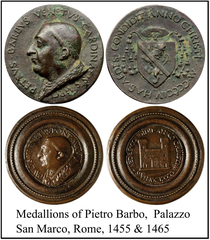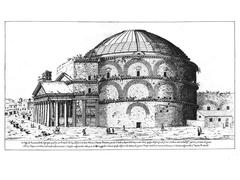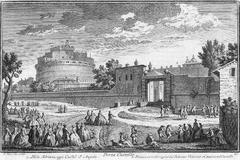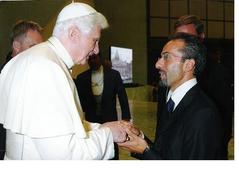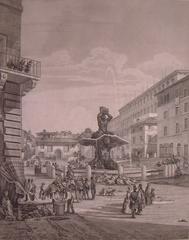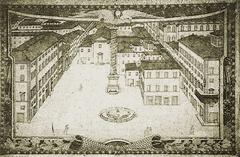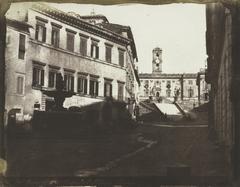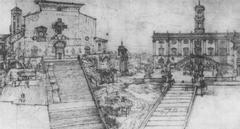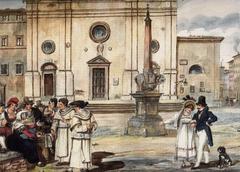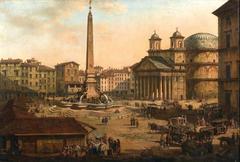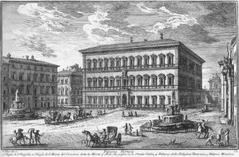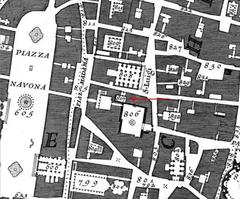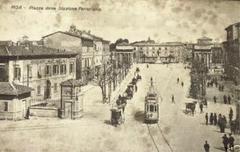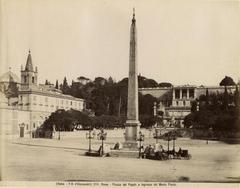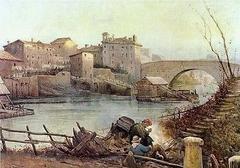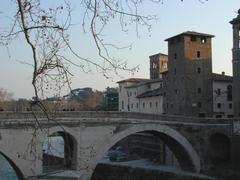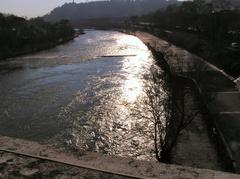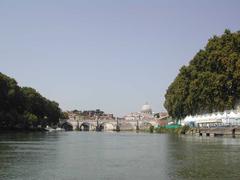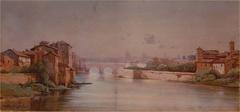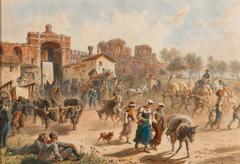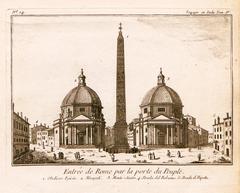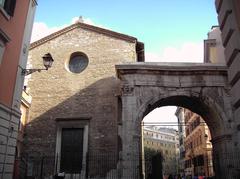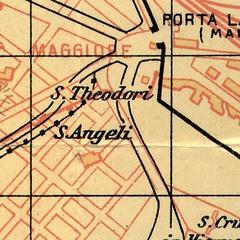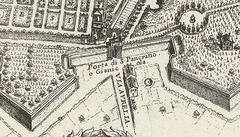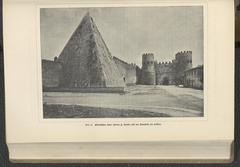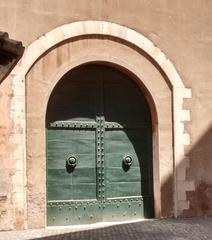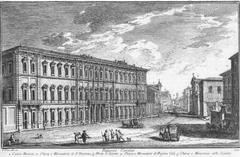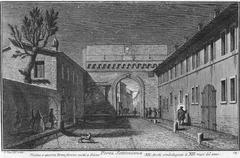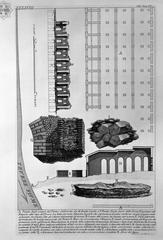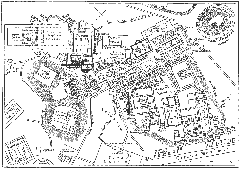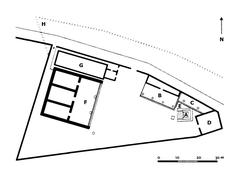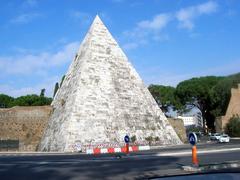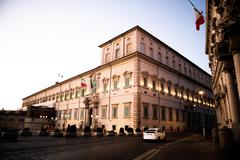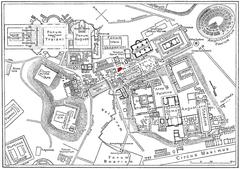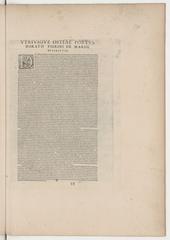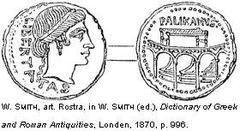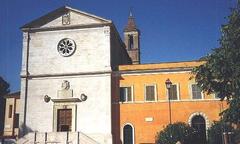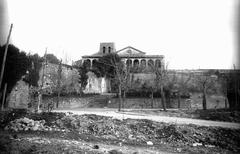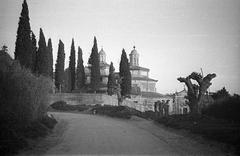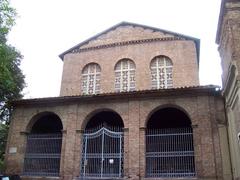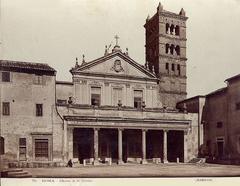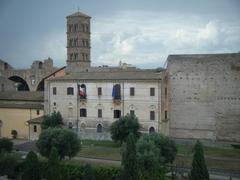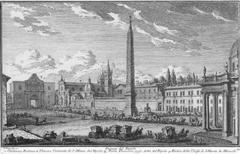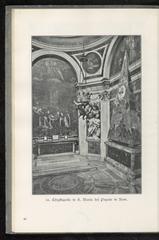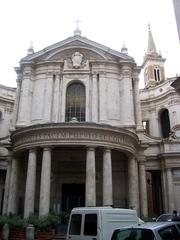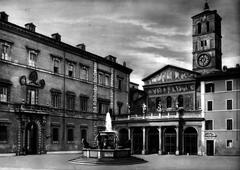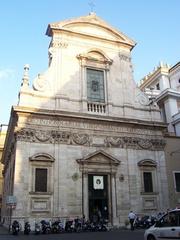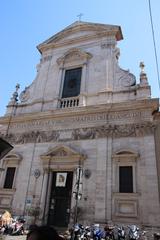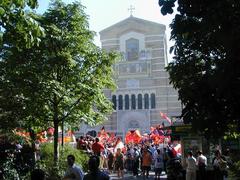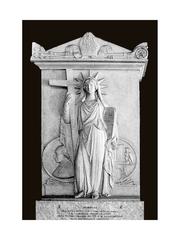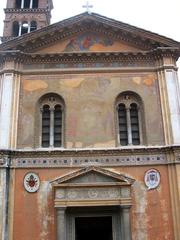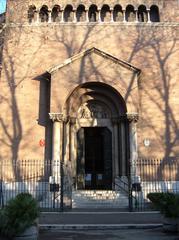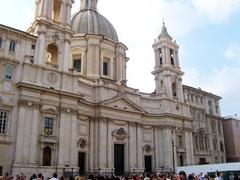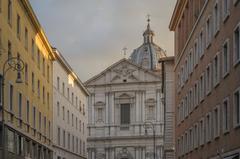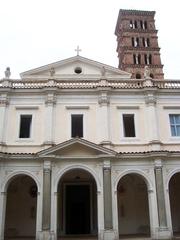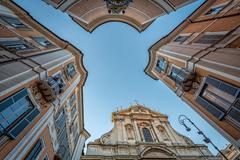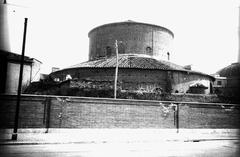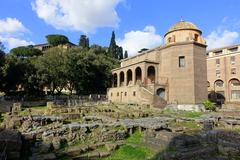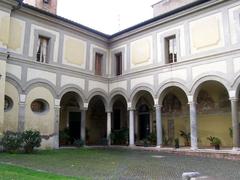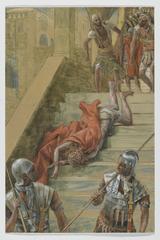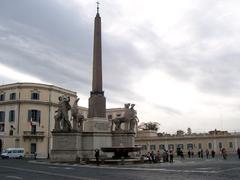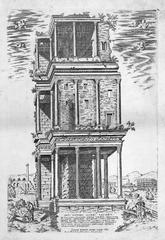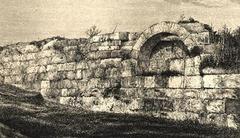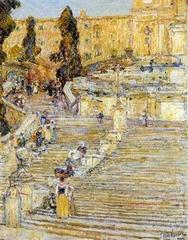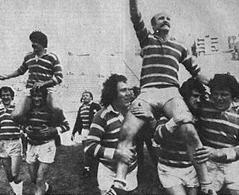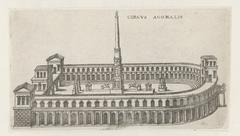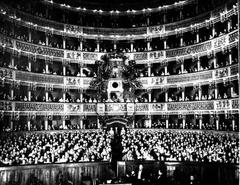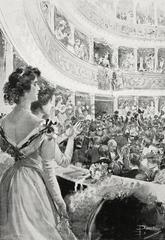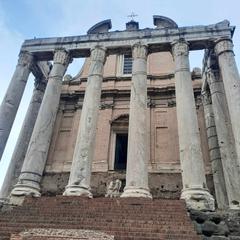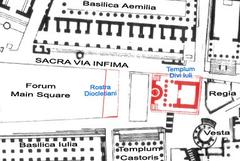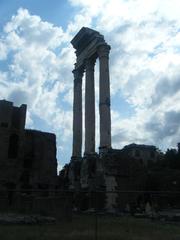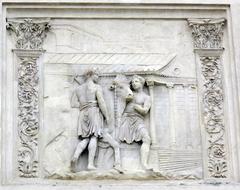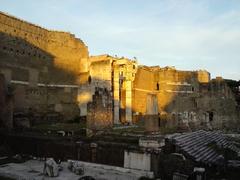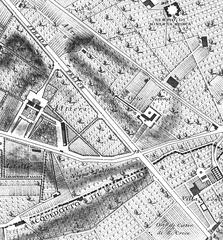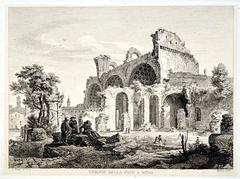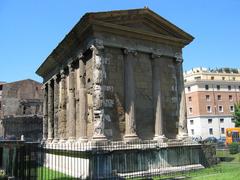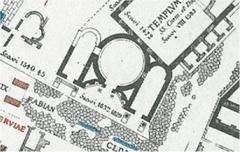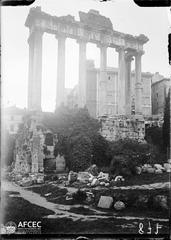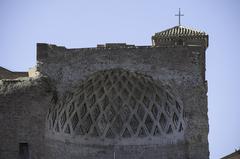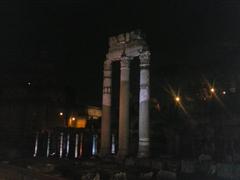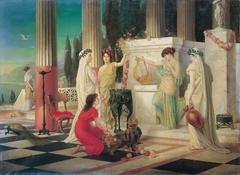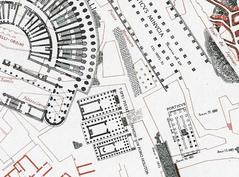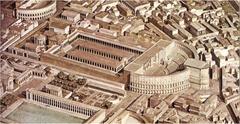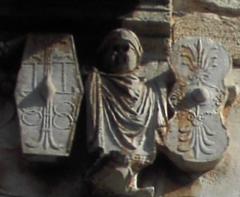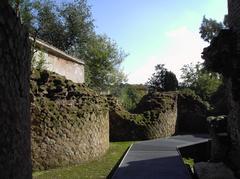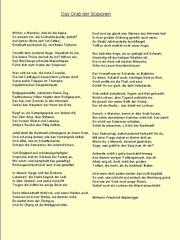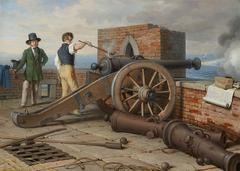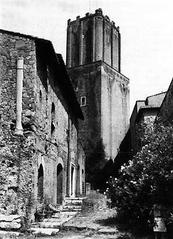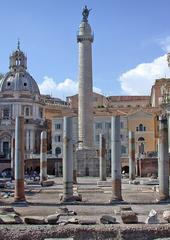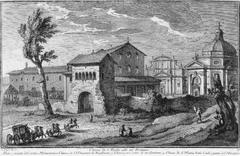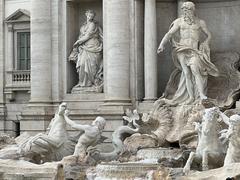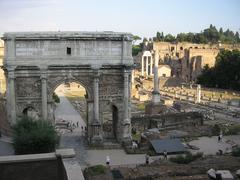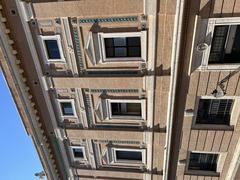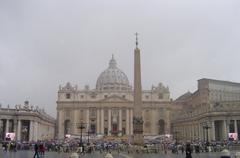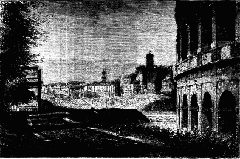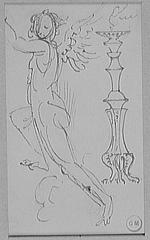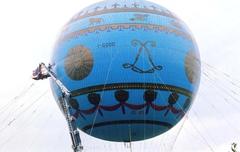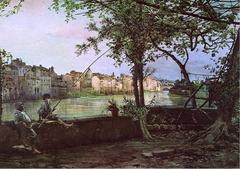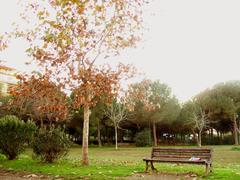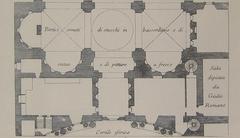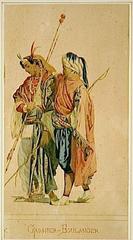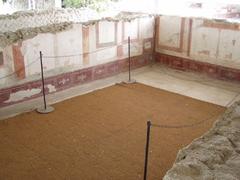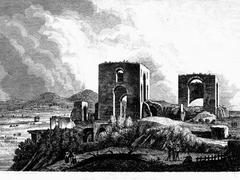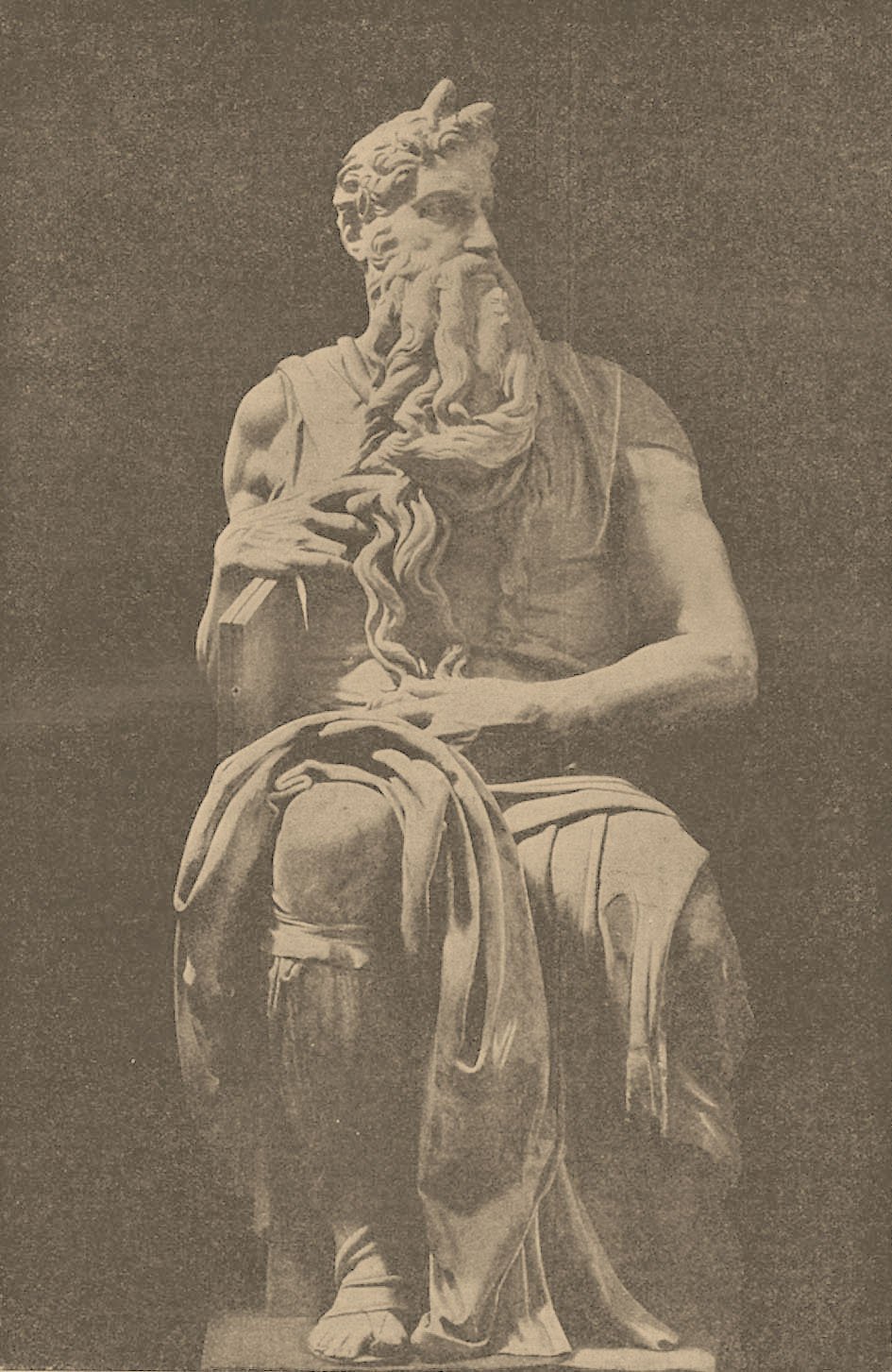
Basilica di San Pietro in Vincoli, Rome: A Comprehensive Guide
Publication Date: 18/07/2024
Introduction to Basilica di San Pietro in Vincoli
Nestled on the Esquiline Hill in Rome, the Basilica di San Pietro in Vincoli (Saint Peter in Chains) is an architectural and historical gem that captures the essence of Rome’s rich past. One of the city’s oldest churches, the Basilica was commissioned in 432 AD by Empress Licinia Eudoxia to house the chains believed to have bound St. Peter during his imprisonment in Jerusalem (source). These chains, miraculously fused with another set from St. Peter’s imprisonment in Rome under Emperor Nero, are enshrined within the Basilica, making it a significant pilgrimage site. Over centuries, the Basilica has undergone numerous transformations, reflecting the influences of different papacies and architectural trends, most notably during the Renaissance period under Pope Sixtus IV (source). The Basilica’s unassuming facade conceals a treasure trove of artistic masterpieces, including Michelangelo’s renowned statue of Moses, commissioned by Pope Julius II in 1505. This guide offers a comprehensive overview of the Basilica’s history, architectural evolution, artistic highlights, and practical visitor information, ensuring a memorable visit to this captivating blend of faith, history, and art.
Table of Contents
- [Introduction](#introductionintroduction-to-basilica-di-san-pietro-in-vincoli)
- [Early Beginnings and the Chains of St. Peter](#early-beginnings-and-the-chains-of-st-peterearly-beginnings-and-the-chains-of-st-peter)
- [Architectural Evolution and Papal Influence](#architectural-evolution-and-papal-influencearchitectural-evolution-and-papal-influence)
- [Michelangelo’s Moses - A Masterpiece Unveiled](#michelangelos-moses---a-masterpiece-unveiledmichelangelos-moses---a-masterpiece-unveiled)
- [Beyond Moses - Exploring the Basilica’s Artistic Riches](#beyond-moses---exploring-the-basilicas-artistic-richesbeyond-moses---exploring-the-basilicas-artistic-riches)
- [Visitor Information - Tickets, Hours, and Tips](#visitor-information---tickets-hours-and-tipsvisitor-information---tickets-hours-and-tips)
- [Nearby Attractions](#nearby-attractionsnearby-attractions)
- [Special Events and Guided Tours](#special-events-and-guided-toursspecial-events-and-guided-tours)
- [Photography Tips](#photography-tipsphotography-tips)
- [Conclusion](#conclusionconclusion)
- [FAQs](#faqsfaqs)
- [References](#referencesreferences)
Early Beginnings and the Chains of St. Peter
The Basilica was commissioned in 432 AD by Empress Licinia Eudoxia, the wife of Emperor Valentinian III. Her purpose was to house the venerated chains believed to have bound St. Peter during his imprisonment in Jerusalem. According to Christian tradition, these chains were sent to Rome by Eudoxia’s mother, Empress Aelia Eudoxia, as a gift to Pope Leo I. Upon receiving them, the Pope was presented with another set of chains, said to have been used during St. Peter’s imprisonment in Rome by Emperor Nero. Miraculously, when the two sets of chains touched, they fused together, forming the relic now enshrined in the Basilica. This event solidified the Basilica’s importance as a pilgrimage site for the faithful.
Architectural Evolution and Papal Influence
While the Basilica’s foundation dates back to the 5th century, it has undergone several transformations throughout the centuries. Pope Adrian I (772-795 AD) significantly enlarged the structure, and further renovations were carried out under Pope Sixtus IV in the late 15th century, reflecting the architectural trends of the Renaissance. The Basilica’s unassuming facade, designed by Baccio Pontelli, belies the treasures housed within.
Michelangelo’s Moses - A Masterpiece Unveiled
Undoubtedly, the most renowned feature of the Basilica di San Pietro in Vincoli is Michelangelo’s awe-inspiring statue of Moses. Commissioned by Pope Julius II in 1505 as part of his ambitious tomb project, the statue was intended for St. Peter’s Basilica. However, due to various delays and changes in plans, the Moses statue, along with other sculptures intended for the tomb, found its final resting place in San Pietro in Vincoli.
Michelangelo’s Moses is a powerful depiction of the biblical prophet, his gaze intense and commanding as he holds the tablets of the Ten Commandments. The statue’s intricate details, from the flowing beard to the muscles tensed in anticipation, showcase Michelangelo’s unparalleled mastery of human anatomy and emotional expression. The statue’s presence transforms the Basilica into a shrine for art lovers, drawing visitors from around the globe to witness the genius of the Renaissance master.
Beyond Moses - Exploring the Basilica’s Artistic Riches
While Michelangelo’s Moses undoubtedly steals the show, the Basilica di San Pietro in Vincoli houses other notable artistic and historical treasures:
- Tomb of Julius II - Although significantly scaled down from its original grandiose plan, the tomb still features impressive sculptures by Michelangelo, including the reclining figures of Rachel and Leah, representing the active and contemplative life.
- Frescoes and Paintings - The Basilica’s interior is adorned with captivating frescoes and paintings, including a 15th-century fresco cycle by Domenico Ghirlandaio in the apse, depicting scenes from the life of St. Peter.
- Relics and Religious Artifacts - In addition to the chains of St. Peter, the Basilica houses other relics, including the remains of several early Christian martyrs, adding to its spiritual significance.
Visitor Information - Tickets, Hours, and Tips
Visiting Hours - The Basilica is generally open daily from 8:00 AM to 12:30 PM and from 3:30 PM to 7:00 PM. However, hours may vary, so it is advisable to check the official website before planning your visit.
Tickets - Entry to the Basilica di San Pietro in Vincoli is free, but donations are encouraged to help with the upkeep of the church.
Travel Tips - The Basilica is located near the Colosseum, making it easy to include in a day of sightseeing. Consider visiting early in the morning or late in the afternoon to avoid crowds.
Accessibility - The Basilica is accessible to visitors with mobility issues. There are ramps and accessible pathways to ensure everyone can enjoy the site.
Nearby Attractions
While visiting the Basilica di San Pietro in Vincoli, you might also explore nearby attractions such as the Colosseum, Roman Forum, and the Palatine Hill, all within walking distance.
Special Events and Guided Tours
The Basilica occasionally hosts special religious events and guided tours. Check the official website or contact the Basilica directly for the latest information.
Photography Tips
The Basilica offers numerous photographic opportunities. Remember to respect the sanctity of the site while taking photos, and avoid using flash in areas with fragile artworks.
Conclusion
The Basilica di San Pietro in Vincoli stands as a captivating blend of history, faith, and art. It serves as a reminder of early Christian history, a testament to the power of papal patronage, and a showcase for Michelangelo’s artistic genius. Whether you’re a history enthusiast, an art lover, or a spiritual pilgrim, a visit to this Basilica offers a unique opportunity to delve into Rome’s rich past while standing in the presence of one of the world’s most celebrated sculptures.
FAQs
-
What are the visiting hours for Basilica di San Pietro in Vincoli? The Basilica is generally open daily from 8:00 AM to 12:30 PM and from 3:30 PM to 7:00 PM.
-
How much are tickets for Basilica di San Pietro in Vincoli? Entry is free, though donations are encouraged.
-
What are some nearby attractions? The Colosseum, Roman Forum, and the Palatine Hill are all within walking distance.
-
Is the Basilica accessible? Yes, the Basilica is accessible to visitors with mobility issues.
For more updates, follow us on social media or visit our website to download our mobile app.
